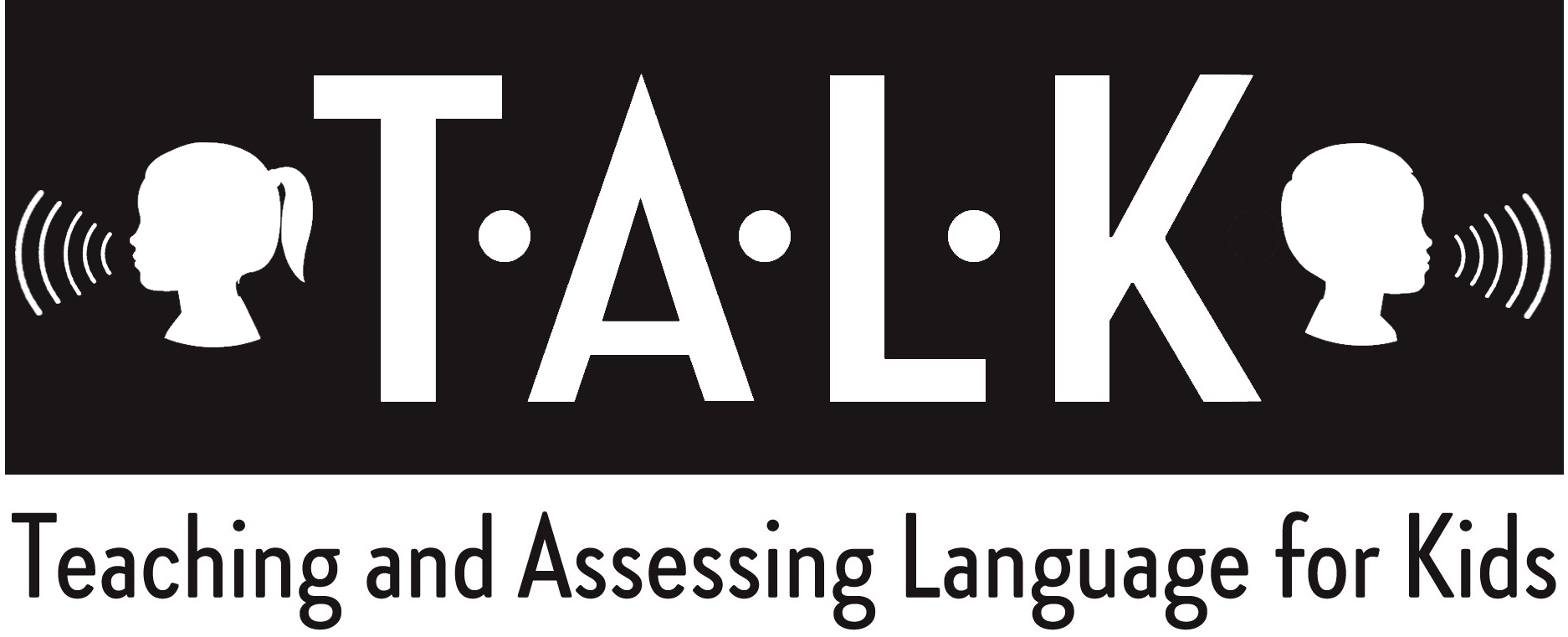Seven Ways to Use Sensory Bins
Rice, beans, marbles, sand, water, noodles, little toys...what do these things all have in common? They all scream, “Use me in a sensory bin!” A sensory bin is a great way to engage your child in fun, meaningful play and simultaneously expose them to a plethora of language opportunities. All you need are simple household items, small toys, and a tub or bin to put them in!
Sensory bins combine visual and tactile (touch) stimulation to engage your child’s senses. By touching and feeling the contents of a sensory bin, your child is engaging in a “multisensory” experience. They can feel different textures, see colorful toys hidden in the bin, hear the mixture shake in the bin, and listen to you labeling different objects and actions!
For younger children, regardless of your child’s age, sensory bins can be a great opportunity to teach new vocabulary, concepts, and functional language. Below are some examples:
Hi/Bye
Hide a toy in the bin and pull it out
Using a surprised voice say “Hi [cow/dinosaur/dog/toy of choice]!”
Hide the toy again
Using a sad voice say “Bye [cow/dinosaur/dog/toy of choice]!”
In/Out
As your child puts toys in and takes toys out, narrate their actions
“Put ____ in!”
“Take ____ out!”
Labeling objects
Hide a number of different toys in the bin
As your child finds each toy, label the toy by name
Add descriptive words such as colors, numbers, size, and shape
“A yellow fish!”, “A small horse!”, “Two blue circles!”
Requesting more/all done
Encourage your child to tell you if they are done with the activity or want to continue playing by asking, “Are you all done with ___?”
Wait for your child to say/gesture “all done” or “more” -- then model “all done” and “more” based on what you think your child wants!
Teach new vocabulary
“This is -- sticky, wet, heavy, light, small, slippery, under, round, long, etc.”
Play skills
Dumping! Filling! Scooping! Turn taking! The opportunities are endless!
Literacy skills
Fill your bin with rice or sand
Draw and trace letters in the bin
Hide magnetic letters in your bin
Ask your child “What sound does ___ make?”
Encourage your child to think of a word that starts or ends with the letter
There are many ways to make a sensory bin, here are some ideas!
Fill a clear storage container with small dry household items and hide a variety of toys in the container.
Example dry items: beans, rice, sand, pasta, popcorn kernels, jelly beans, cotton balls, oatmeal, pom poms, packing peanuts, or buttons
Fill a clear storage container with water (or another wet substance), then add cooked spaghetti (TALK Tip: color the spaghetti for extra excitement!) and floatable toys.
Example wet items: water, shaving cream, cooked pasta, bubbles/soap suds, jello, pudding, or whipped cream.
Remember, there is no right or wrong way to use a sensory bin (although some may be best used outside!). Use your hands, feet, shovels, spoons, ladles, or even dump trucks to create a fun experience for both you and your child!
